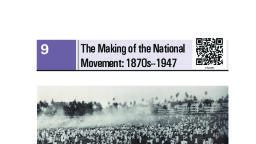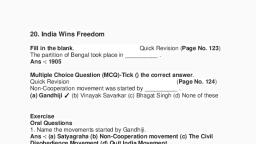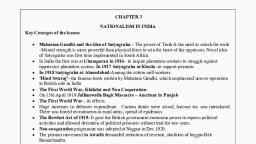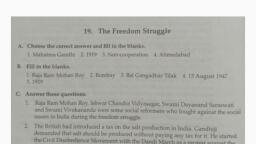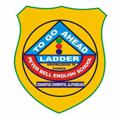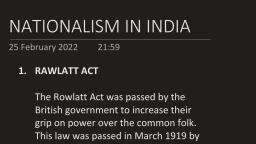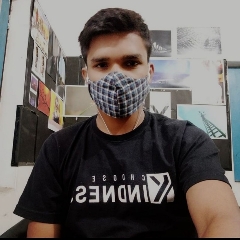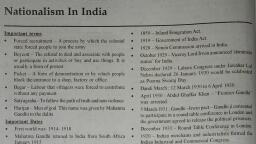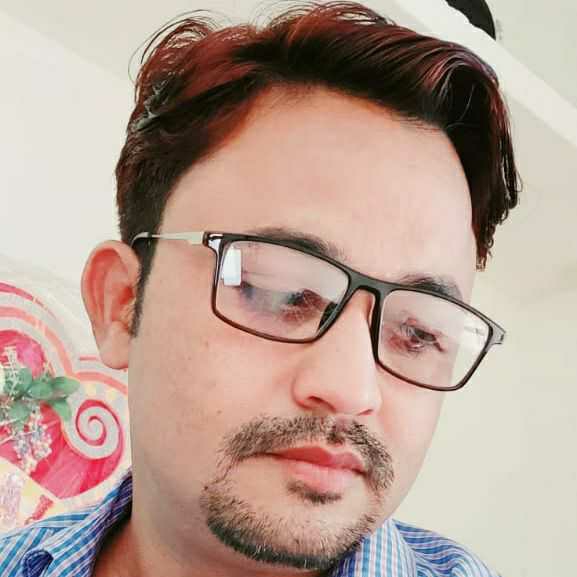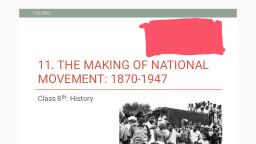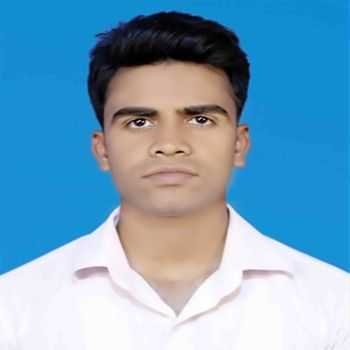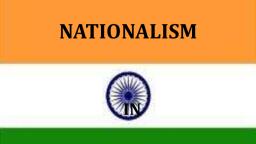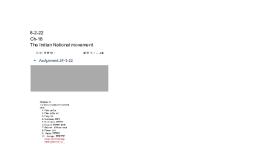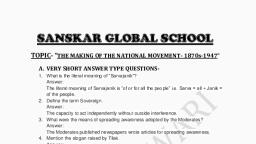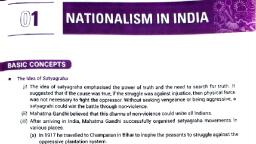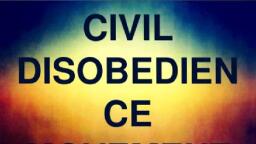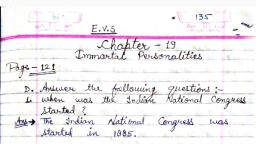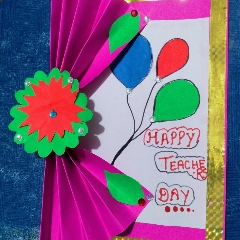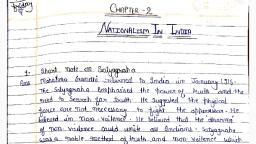Page 1 :
C. Answer these questions., ie, , Raja Ram Mohan Roy, Ishwar Chandra Vidyasagar, Swami Dayanand Seren 4, i 5 “4, and Swami Vivekananda were some social reformers who fought against the socia, , issues in India during the freedom struggle., , The British had introduced a tax on the salt production in India. Gandhiji, demanded that salt should be produced without paying any tax for it. He started, the Civil Disobedience Movement with the Dandi March as a protest against the, Salt Law. Gandhiji along with his followers led a procession from the Sabarmati, , Ast i ‘, Cunikte ce eee to Dandi to break the Salt Law, Upon reaching Dandi,, }} picked up salt from the sea and broke the Salt Law., , According to the Rowlatt A: f Se, Scan @ ct, any person could be arrested and put in jail without, , a cea! many Indians assembled for a peaceful meeting, to protest, , ona Si owlatt Act, at Jallianwala Bagh in Amritsar. Thousands of men,, , Bon Hee children were part of this gathering. General Dyer, an officer of the, sh Army, blocked the only exit of the Jallianwala Bagh and ordered his men to, , open fire at the crowd. Thousands of people were killed during the firing., , The Simon Commission was appointed by the British Government to suggest, reforms in the working of the Government of India. It was headed by Sir John, Simon. However, there was nota single Indian member on this Commission. This, angered the Indians greatly and they greeted the Commission with black flags,, demonstrations and the slogan ‘Simon, go back.’ Hence, the Simon Commission was, boycotted., , The Indian National Congress received a lot of support from the Indians during, the freedom struggle. Bengal was the centre for most of the revolutionary activities., The British intended to disrupt the unity among the Indian masses. As a result,, they adopted the policy of Divide and Rule. In 1905, Lord Curzon ordered the, division of Bengal. It was divided into two parts—one for the Muslims and the, , other for the Hindus.

